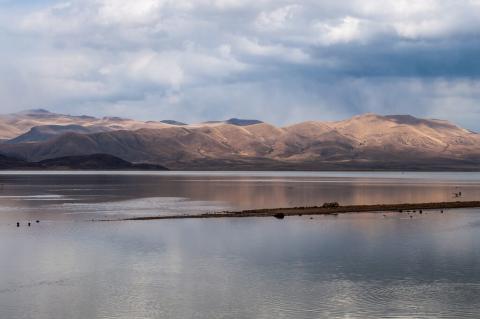Water Bodies of Argentina
Argentina boasts diverse water bodies across its expansive terrain, offering visitors a rich tapestry of natural wonders to discover. Situated along the eastern border, the Atlantic Ocean graces Argentina with extensive coastlines adorned by picturesque beaches, ideal for leisurely seaside activities. Whether seeking adventure or solace in nature, Argentina's aquatic landscapes present abundant opportunities to connect with the country's natural heritage.































